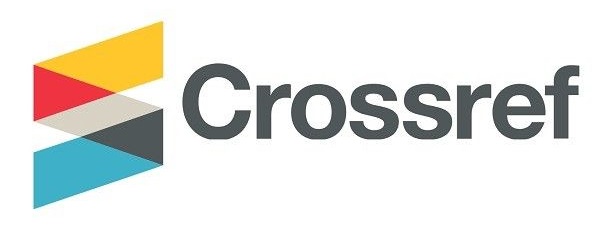The Impact of Online Tools in Teaching Sign Language to Undergraduate University Students in Bamenda
DOI:
https://doi.org/10.37745/bjmas.2022.0451Abstract
The teaching and learning of sign language is a daunting task to 25 first year university students. They face problems remembering vocabulary, memorising signs, applying grammatical and syntactic rules, developing fluency and utilising non-manual markers. A sequential mixed method approach was employed in conducting the research. Descriptive statistics (SPSS version 17) was used to analyze quantitative data, and Huberman (2004) three analytical stages of data reduction process for qualitative data. Findings reveal that of the 25 students, 7 (28%) had difficulties with vocabulary acquisition, 5(20%) grammar and syntax, 8(32%) fluency issues and 5(20%) spatial difficulties. 3(33%) teaching techniques and downloaded digital resources were mostly exploited: www.startasl.com., Signschool App and ASL dictionary for better comprehension. Observations and questionnaires reveal that 20(80%) students who owned cell phones and practiced out of the classroom had positive outcomes whereas 5(20%) had negative impact. The above results are in line with learning expectations suggested by Vygotsky's Socio-cognitive theory.
Downloads
Downloads
Published
Versions
- 22-03-2024 (2)
- 22-03-2024 (1)












